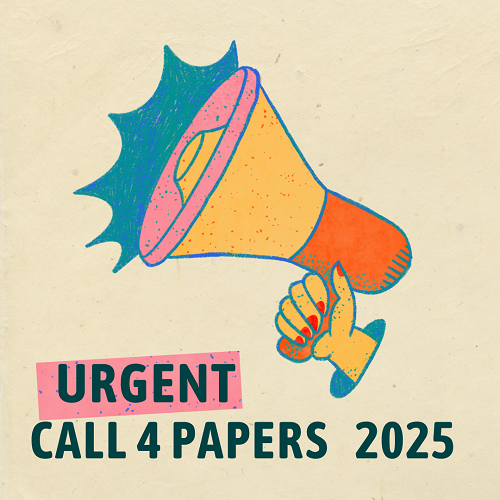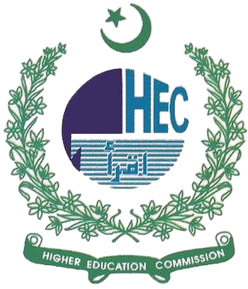EXPLORING THE MANIFESTATION OF LINGUISTICS SEXISM IN THE LANGUAGE OF PAKISTANI YOUTH
Keywords:
Linguistic sexism, Gender inclusive language, Feminist Linguistic Reform, Gender bias.Abstract
Language shows societal shifts and continuously evolving itself. Adopting non-sexist language is part of this language transformation, however the persistent use of sex-biased words signifies that gender neutral language has not been accomplished thoroughly. Patriarchal values are still mirrored by contemporary language. This study analyzes how the language used by Pakistani youth manifests gender bias, highlighting how everyday language reinforce social norms. The key goal is to detect gender-biased pronouns in students’ writing. The research by combining quantitative analysis of student writing with qualitative data from focus group discussions, employs a mixed-methods approach. The theoretical framework is deduced by Study of Anne Pauwels on Australian educators and academics and modified to a Pakistani context. Data has been collected from 167 BS and MPhil English students. Their use of pronouns like “he,” “she,” and “he/she” has been examined to assess their knowledge and usage of gender neutral language. The results demonstrates that linguistic sexism is present in students’ language, and knowledge of Feminist Linguistic Reforms is limited. The research shows that many students have unconsciously accepted the male dominated language norms that prevails in society, proposing enhanced education on gender neutral language.
Downloads
Published
Issue
Section
License

This work is licensed under a Creative Commons Attribution-NonCommercial-NoDerivatives 4.0 International License.



